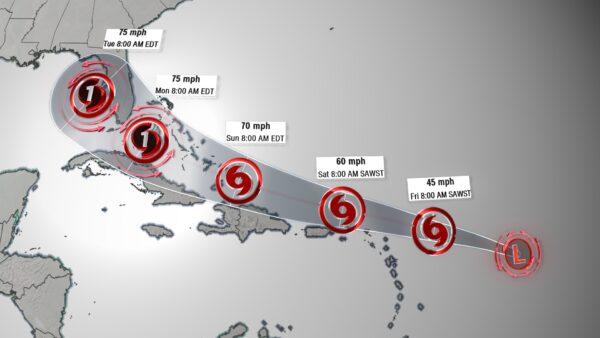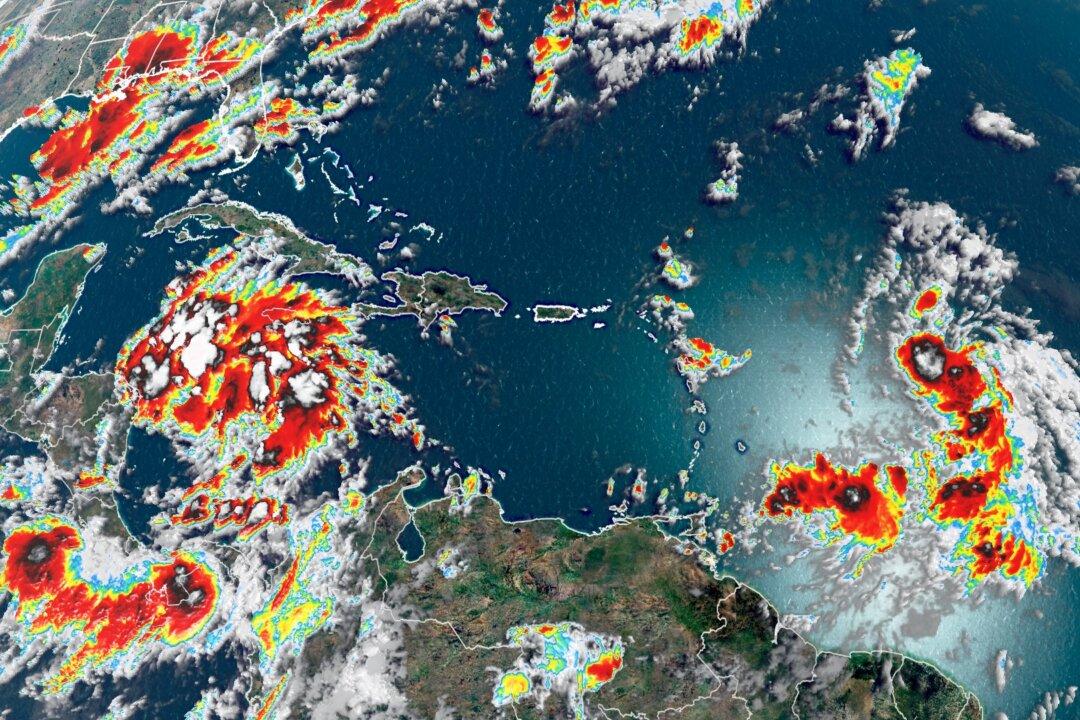Gulf Coast residents need to pay attention as not one, but two tropical systems could impact the area in the coming days.

The first system to watch is Tropical Depression Thirteen (TD-13). CNN Weather

Gulf Coast residents need to pay attention as not one, but two tropical systems could impact the area in the coming days.
